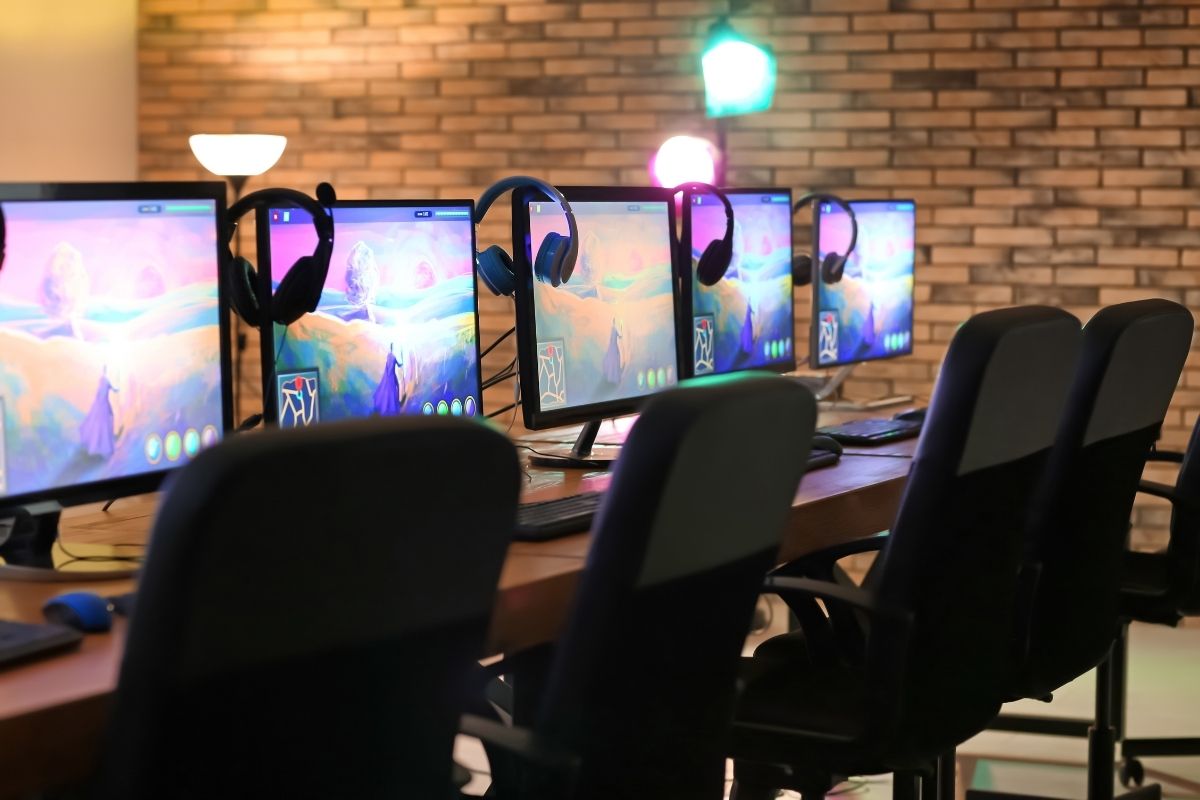Games for Good: The Future of Medical Games
From advances in virtual reality (VR) technology to more basic play, gaming is increasingly used to help people heal and manage illnesses and disorders of all kinds.
For example, VR is a great space for healthcare providers looking to utilize games for good to treat patients. Those suffering from body dysmorphic disorder can use VR to make them feel more comfortable in their own bodies; additionally, soldiers suffering from PTSD have been found to benefit from VR treatment as well. One study followed soldiers who, after incorporating VR, saw a tremendous decrease in PTSD-related symptoms.
Voice technology like Amazon’s Alexa devices have also proved helpful in dealing with health issues. For example, communicating with individuals who are type 2 diabetic, who have a certain lifestyle, and family members who are not. Voice communication technology can help avoid conflicts not just by start dialogues, but also by tracking what food is available in the fridge and proposing recipes that can accommodate type 2 diabetic family members as well as a those who are unafflicted.
Now, imagine if this voice communication system adds game elements to the process to create a more fun, engaging experience. Here’s a scenario: there’s a certain amount of ingredients left in your fridge, and Alexa provides potential recipes you could make. By adding gaming elements, perhaps family members can participate in a cooking competition together, with points awarded for including more protein as opposed to carbs.
This is just one example for how to make treating a medical issue, especially chronic diseases like type 2 diabetes, a less exhausting, more engaging experience. Instead of individuals feeling like they must apologize for perceived inconveniences caused by their illness, they can make it something fun and invite others to participate in their lifestyle. If gaming can be a vehicle for achieving that, it could be a huge win for not just the medical community, but the gaming community as well.
